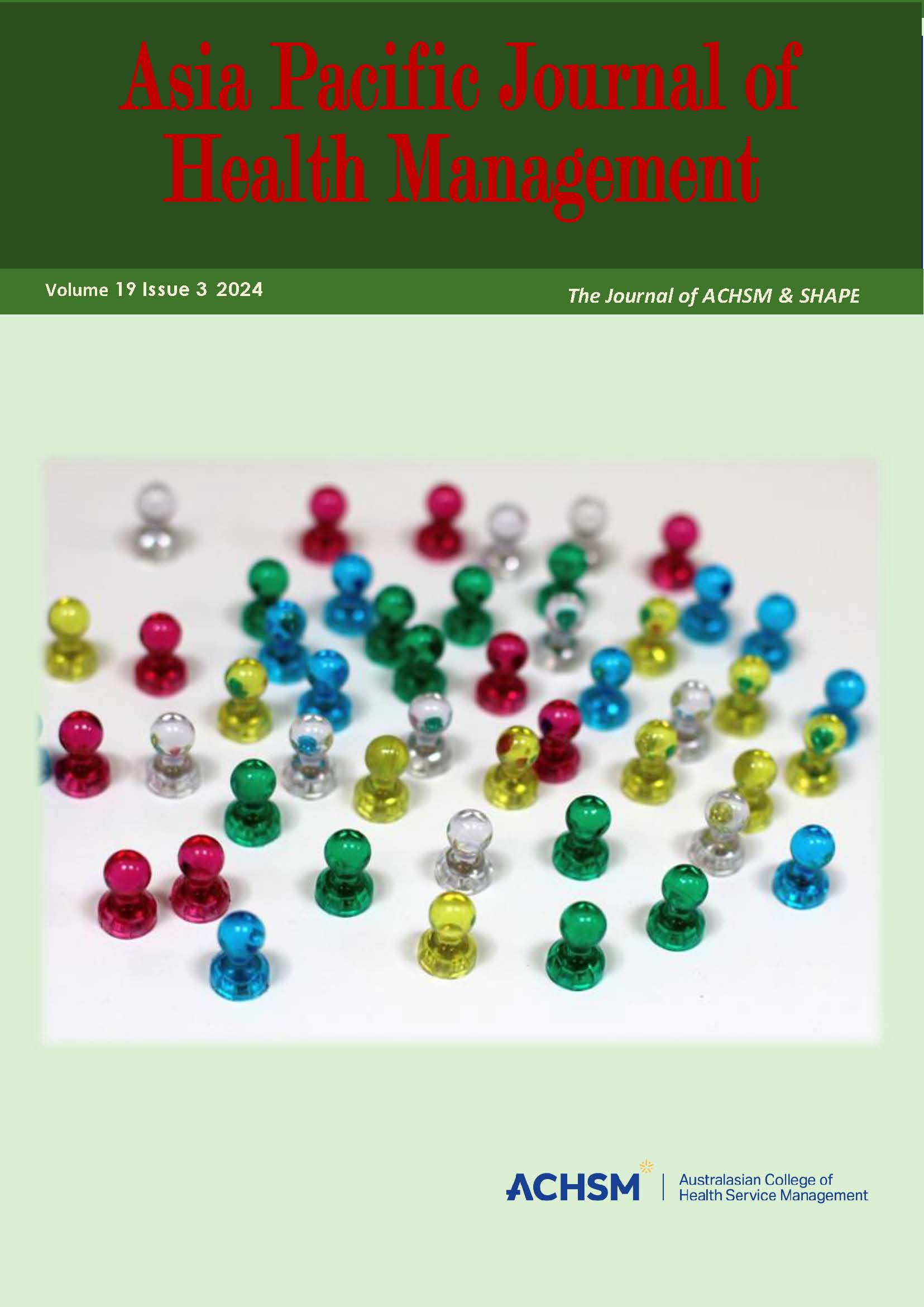Developing A Framework for The Indian Pharmaceutical Supply Chain Risks Assessment through FMEA Approach
Main Article Content
Abstract
In the last years, specifically post Covid-19, pharmaceutical industry has gained a significant place in the healthcare domain. Pharmaceutical companies are the important players in the supply chain of drugs. With increasing competition, growing population and changing complexities of type of diseases, the need of pharmaceutical products has swelled over time, making the sector prone to supply chain risks. The purpose of this paper is to identify and access various risks in the pharmaceutical supply chain in the context of India. To attend this objective, a case of a major pharmaceutical company had been considered. Failure Mode and Effect Analysis (FMEA) has been used to identify and further prioritize these risks. Further Pareto analysis, also called as 80/20 rule, is conducted to identify the risks that are vital. The "80/20" rule suggested prioritizing 17 from 35 potential causes. Second level Pareto analysis identified 6 risk elements out of these 17 elements as most critical. Root cause assessment on these six risks is done through Five Why technique. The results of this study exhibited that Inventory Planning Issues, Labour Issues, Insufficient Storage Space, Raw Material Availability Issues, Inappropriate Forecasting, Communication Issues were the most critical issues in the pharmaceutical supply chain. The major cause to the eruption of these risks is improper Sales and Operations Planning (S&OP). This study suggests that the managers of the pharmaceutical supply chain should first understand the various risks in the supply chain that can disrupt the function. Further through prioritization of risks, the losses or the delays in the supply chain can be reduced.
Article Details

This work is licensed under a Creative Commons Attribution-NonCommercial 4.0 International License.

